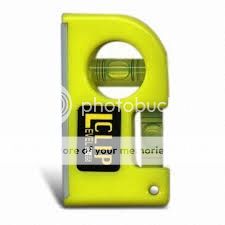- Joined
- Nov 15, 2009
- Messages
- 531
- Reaction score
- 1
Hi,
I'm struggling with maintaining a uniform and flat pulpal floor when doing class 1 and 2's. Could you please post your tips on how you make sure that your bur is perpendicular to the long axis of the tooth so as to avoid a slanted class 1 pulpal floor. Personally when doing tooth 18/19, my mesial ends up being deeper while the distal ends up being shallower.
Someone told me to use the buccal groove of #18/19 to help make the bur parallel BUT being left handed this technique doesn't work well for me since I don't have enough room to fit my handpiece AND a mirror to make sure my buccal groove is parallel to the bur. I've been also told to simply tilt your whole body sideways and quickly checkout your bur from a side profile view but that hasn't worked well for me and can be taxing on my back after a couple of hours.
I struggled with the same issue of slanted pulpal floor on class 1's/2's with a mesial bias and want to rectify this weakness in my second year.
Really looking forward to your personal ways to make sure your bur parallel!
Sent from my HTC One_M8 using Tapatalk
I'm struggling with maintaining a uniform and flat pulpal floor when doing class 1 and 2's. Could you please post your tips on how you make sure that your bur is perpendicular to the long axis of the tooth so as to avoid a slanted class 1 pulpal floor. Personally when doing tooth 18/19, my mesial ends up being deeper while the distal ends up being shallower.
Someone told me to use the buccal groove of #18/19 to help make the bur parallel BUT being left handed this technique doesn't work well for me since I don't have enough room to fit my handpiece AND a mirror to make sure my buccal groove is parallel to the bur. I've been also told to simply tilt your whole body sideways and quickly checkout your bur from a side profile view but that hasn't worked well for me and can be taxing on my back after a couple of hours.
I struggled with the same issue of slanted pulpal floor on class 1's/2's with a mesial bias and want to rectify this weakness in my second year.
Really looking forward to your personal ways to make sure your bur parallel!
Sent from my HTC One_M8 using Tapatalk

